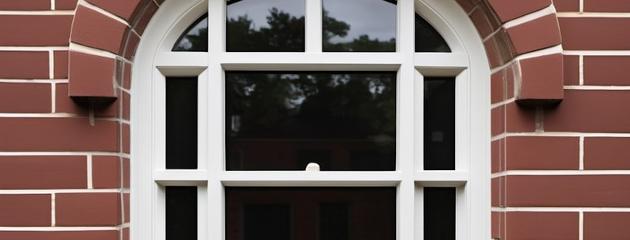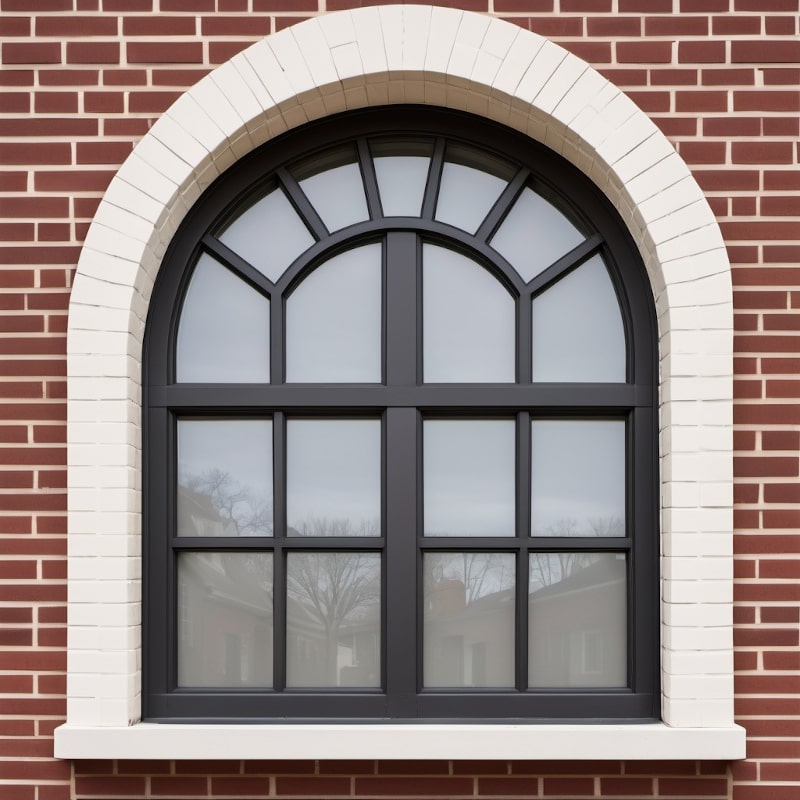Why Brickmould is Essential for Window Installation

Key Takeaways
- Brickmould protects windows from moisture, enhances durability, and adds aesthetic value.
- The correct choice of brickmould for windows ensures proper sealing, energy efficiency, and protection against harsh weather.
- Understanding the types and materials of window brickmould helps homeowners make informed decisions on window installation.
Windows are essential for any building, providing natural light, ventilation, and aesthetic appeal. However, proper window installation is critical to fully realizing these benefits. One of the most important elements in the installation process is brickmould, an often-overlooked feature that provides both functional and decorative advantages. This article will explore the significance of brickmould for windows, its various types, and why it's essential for your home.
What is Brickmould on a Window?
Brickmould, also known as window brickmould, is a type of trim installed around a window’s exterior. It is a casing covering the gap between the window frame and the exterior wall. If left unprotected, this gap can allow water infiltration, leading to mold, rot, or other structural damage over time. Beyond its practical function, brickmould window trim enhances the visual appeal of the window by providing a clean and polished finish.
The brickmould is commonly made from wood, vinyl, and aluminum, each with advantages depending on your aesthetic preferences and climate.
| Material | Advantages | Disadvantages |
|---|---|---|
| Wood | Traditional look, easily customizable | Requires more maintenance, prone to rot |
| Vinyl | Durable, low-maintenance, cost-effective | Limited color options may warp over time |
| Aluminum | Weather-resistant, modern appearance | More expensive, can dent or scratch easily |
The Importance of Brickmould for Window Installation
1. Weather Protection
One of brickmould's primary functions is to protect the window and the surrounding structure from water damage. In regions like Canada, where extreme weather is typical, proper sealing is essential to prevent water infiltration, which can lead to mold growth and structural damage over time.
"Brickmould acts as a shield, sealing the window frame and preventing moisture from entering the gaps, which is especially important in harsh climates." — Tony Wong, Project Manager at Canadian Choice Windows.
By covering the gap between the window frame and the wall, brickmould ensures that your windows are effectively protected from wind-driven rain, snow, and ice, which could otherwise lead to costly repairs. It's also critical in maintaining your home’s energy efficiency, as improper sealing could result in drafts and higher energy bills.
In one Toronto project, a client had recurring water damage due to poorly sealed windows. We could stop water infiltration by installing vinyl brickmould and cut their energy bills by 15%. The homeowners quickly noticed the difference in comfort and appearance.
2. Aesthetic Value
While functional, brickmould also contributes significantly to the overall appearance of your home. Available in various styles and materials, it can be tailored to match your house's architectural style. Whether you prefer a traditional or modern look, the right brickmould window trim can elevate your home’s curb appeal.
For example, homeowners with a historic property might opt for a wooden brickmould, which offers a classic and timeless appearance. Modern homes often choose vinyl or aluminum brickmoulds due to their sleek finish and durability.

3. Structural Integrity
In addition to protecting your home from moisture, brickmould provides added structural integrity to your windows. By acting as a transition between the window frame and the exterior wall, brickmould helps distribute the weight of the window more evenly, reducing the risk of the frame warping or sagging over time.
"For example," — Helen Sin, Consumer Success Manager at Canadian Choice Windows, notes, — "Brickmould is an essential barrier for your window system, preventing drafts and moisture from penetrating your home’s exterior. Choosing the right material and ensuring proper installation will save homeowners from costly repairs."
For those debating brickmould vs. no brickmould windows, it's essential to understand that windows without brickmould may have a sleeker appearance. However, they may also require more precise installation techniques to prevent water infiltration and structural issues. Brickmould provides a layer of protection and stability that can extend the life of your windows.
Brickmould Materials: Pros and Cons
1. Wood Brickmould
Wooden brickmould is a traditional choice that complements homes with a classic architectural style. They’re easily customizable and can be painted to match the color of your home. However, wood is prone to rot, especially in wet climates, and requires regular maintenance to remain in good condition.
2. Vinyl Brickmould
Vinyl is a popular modern option for window brickmould. It is durable, cost-effective, and requires minimal maintenance. Vinyl brickmould is also weather-resistant, making it ideal for homes in regions with extreme weather conditions. However, it may offer fewer design options than wood and can warp under extreme temperatures.
3. Aluminum Brickmould
The aluminum brickmould provides a sleek, modern appearance and is highly resistant to weather conditions. It requires very little maintenance and is an excellent choice for homes in areas with heavy rainfall or snow. The downside is that aluminum can dent or scratch more easily than vinyl or wood.
How to Caulk Windows Outside on Brick
Proper caulking is crucial when installing brickmould to ensure maximum protection from water infiltration. Here’s a step-by-step guide:
- Clean the Area : Ensure the space between the window frame and the brick wall is clean and debris-free.
- Apply Primer : If you're working with wood brickmould, apply a primer to the surface for better adhesion.
- Apply Caulk : Use a high-quality, weather-resistant caulk around the perimeter of the window, filling the gaps between the brickmould and the wall.
- Smooth the Caulk : Use a caulking tool or your finger to smooth the caulk for a clean finish.
Regularly inspect and reapply caulk as necessary to maintain the integrity of your windows and prevent water infiltration.

Common Mistakes When Installing Brickmould
- Using Incorrect Materials : The choice of material for brickmould should be based on climate and the architectural style of your home. For example, wooden brickmould may not be ideal for areas with high humidity or frequent rain.
- Improper Sealing : Poorly sealed brickmould can lead to moisture problems, resulting in mold and structural damage. Ensuring all gaps between the brickmould and the window frame are correctly sealed with caulk is essential.
- Incorrect Size : The brickmould should be the correct size for the window. If it's too small, it won’t provide adequate protection, and if it’s too large, it could compromise the aesthetics of your home.
Conclusion
Choosing the correct brickmould for windows is essential for protecting your home from the elements, improving energy efficiency, and enhancing curb appeal. Understanding the differences between wood, vinyl, and aluminum materials and adequately sealing your windows with brickmould can ensure long-lasting protection and style for your home.
Remember, while brickmould vs. no brickmould windows is a matter of personal preference, installing brickmould offers significant advantages in terms of weather protection and structural support. If you need help installing brickmould or caulking windows outside on brick, consider hiring a professional to ensure the job is done correctly.
FAQs
What is brickmold on a window?
Brickmold is an exterior casing or trim covering the gap between the window frame and the exterior wall, providing weather protection and aesthetic appeal.
What’s the difference between brickmold vs no brickmold windows?
Brickmold windows offer additional protection against moisture and structural issues, while no-brickmold windows have a sleeker appearance but may require more precise installation.
How do you caulk windows outside on brick?
Clean the area, apply a primer if necessary, and then apply weather-resistant caulk around the perimeter of the window, filling the gaps between the brick and the window frame.
1000’s of Colours & Textured Finishes
Transform your home from ordinary to extraordinary with our new coloured and non-glare textured finishes. Available in a wide array of colours as well as custom matched colours for your very own personalized design.
Our Most Popular Replacement Window Colours:










